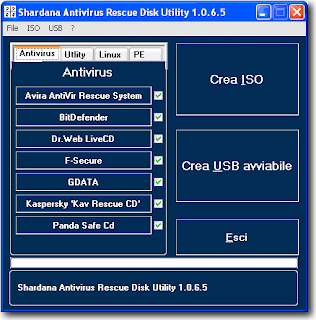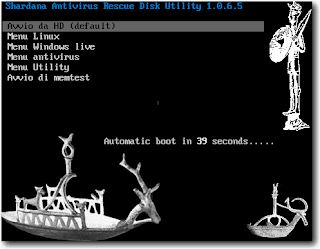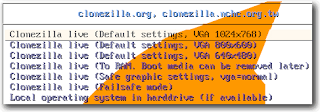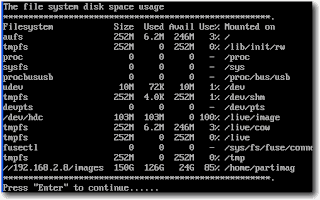With Registry Mechanic 8 you can safely clean, repair and optimize the Windows registry with a few simple mouse clicks! Problems with the Windows registry are a common cause of Windows crashes, slow performance and error messages. By using a registry cleaner regularly and fixing registry errors your system should not only be more stable but it will also help improve your system performance without expensive hardware upgrades. Learn more about the importance of a clean registry with our registry insight. Registry Mechanic 8 now includes a tune-up your services feature that can be applied to improve system performance, reduce consumption of system resources and provide faster start-up times. This feature is tailored to improve gaming experience, boost performance, enhance security and stop services4 not required for computers that are not connected to a network.
Registry Mechanic uses a high-performance detection algorithm to quickly identify missing and invalid references in your Windows registry. These problems can occur for many reasons including being left-behind after the un-installation or incorrect removal of software, by missing or corrupt hardware drivers, or orphaned startup programs.
With a few easy steps our registry cleaner will scan your entire registry for any invalid entries and provides a list of the registry errors found, you can then choose to selectively clean each item or automatically repair them all. For your convenience and protection Registry Mechanic can also make a backup of any repairs made so that you can easily recover any changes if required.
Don't compromise your registry with the second best!
- World's most popular registry cleaner with over 60 million downloads.
- Recommended by experts and editors as the world's best registry cleaner.
- Clean the registry to fix Windows errors and crashes.
- Registry defrag to optimize your PC for better performance.
- FREE customer support for all users.
- Easy to use. Designed for both expert and novice users.
Safely repair invalid entries in your Windows Registry, which can lead to Windows crashes and error messages. Over time, invalid entries and orphaned shortcuts can accumulate in the registry as a result of uninstalling or incorrectly removing software from your system, having missing or corrupt hardware or software drivers, or deleting files referenced by shortcuts. Registry Mechanic can safely clean and repair invalid entries from your registry with a few simple mouse clicks.
Improve operating system performance and stability by removing orphaned references in your Windows Registry.
Registry Mechanic's ability to streamline your Windows Registry and remove orphaned references can significantly improve your system's stability and performance. Scans your hard drive for invalid and incorrect program shortcuts Registry Mechanic can scan for invalid and incorrect shortcuts in customizable locations on your computer.
A highly functional Scan results screen.
The Scan results screen provides full text search capabilities to allow for rapid problem identification using text strings, and expandable and collapsible problem views. Automatically creates Windows Registry backups with each repair, with the option to restore them Registry Mechanic automatically creates a backup of all changes it makes to the registry, allowing these changes to be restored to their original condition at a later time. On Windows XP operating systems, Registry Mechanic also allows the creation of Windows System Restore points prior to implementing repair changes, as an additional backup measure.
A Registry Monitor feature.
Registry Monitor is designed to assists in keeping your system free of Windows Registry errors. Registry Monitor1 observes your Windows Registry and alerts you when a specified number of changes have been made to key areas of the registry. When alerted, you have the option to run a silent scan. This optional feature can begin monitoring your registry as soon as Windows starts up.
Compacts the Windows Registry for optimized system performance.
Registry Mechanic incorporates a registry compacting feature, which analyzes, rebuilds and compacts the Windows Registry by removing registry gaps and free space, and corrupt keys.
An 'Optimize Your System' feature.
Registry Mechanic implements a system optimization function which, at the click of a button, applies a set of tweaks and patches directly into the Windows Registry that are designed to improve system performance. This feature also includes boot file defragmentation and rebuilding, and sorts and refreshes the Windows Start Menu items list, all of which is designed to improve the efficiency and speed at which Windows starts up.
Ability to conduct an automatic scan at Windows startup, for continued system optimization.
Registry Mechanic can be set to conduct a background scan each time you start up your PC. The Repair function can also be set to run automatically at the end of a scan, thereby allowing you to continue using your system without the need to interact with Registry Mechanic.










































